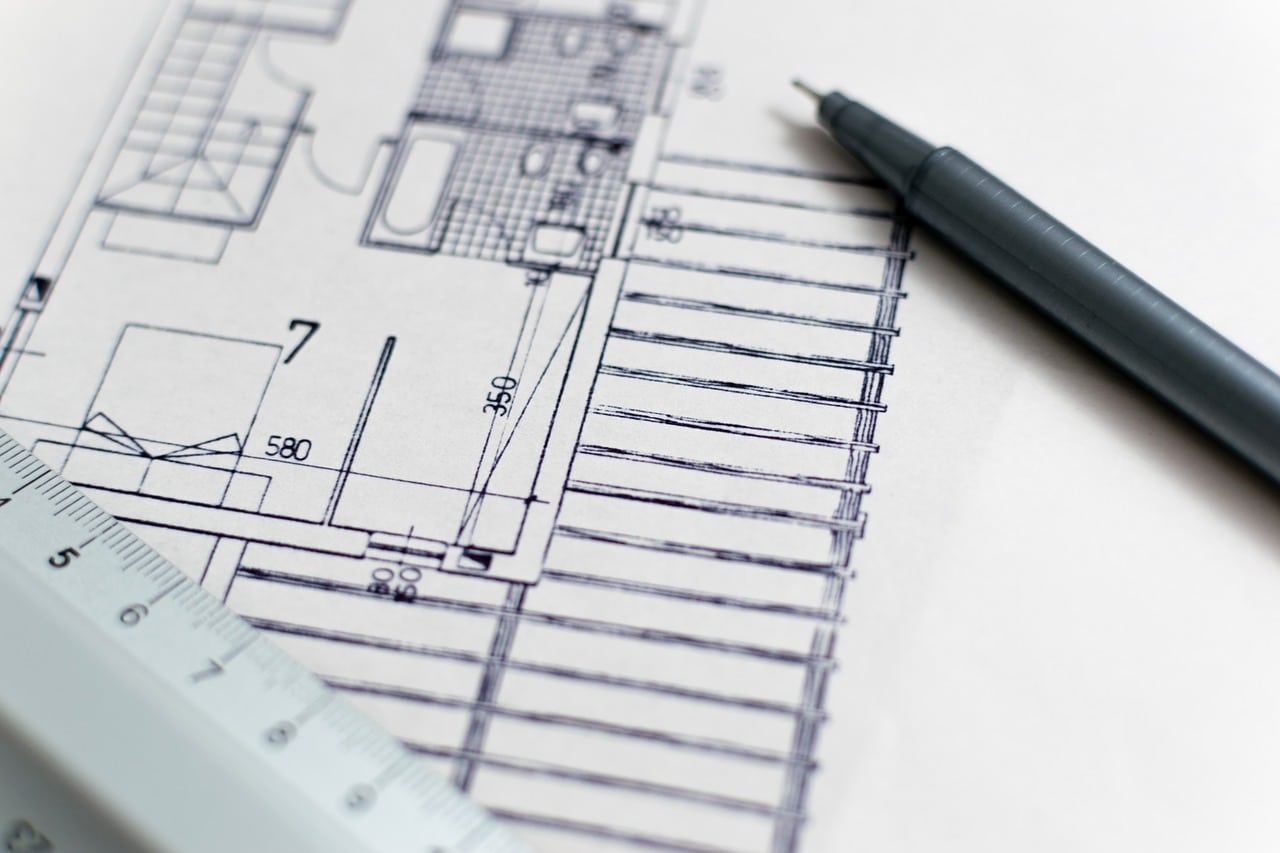
House renovation is a very rewarding process. How can you measure the satisfaction of breathing new life into something that was long overlooked and giving your family an opportunity for a fresh start without abandoning all those memories that make one home special? However, all these things lie at the end of a very tedious road that will push your budget, skill and patience to the limit. So, what can we do to make the journey smoother? The thing we do on any difficult voyage – carefully plan every step ahead.
Table of Contents
ToggleAssess the current condition and put ideas on paper
Every mistake is much easier to correct while it’s still on paper. So, do a thorough check of your house and write down all the things you want to address. Pay attention to damp and drainage because they might entail extensive structural works. Once you’re done, make your wish list and try to draw a couple of different designs to see what works and what doesn’t. Creating a budget spreadsheet should help you prioritize the things that truly matter. When you get the general idea of what you need to do, it’s time to start looking for contractors and applying for permits.
Start with the roof and foundation
Now that you’ve covered the basics, it’s time to break your project into manageable chunks and work out the details. Because they impact all subsequent works, large projects should be dealt with first, so start with the roof and the foundation. While dealing with the latter, make sure to:
- Make repairs to weakened walls and joists.
- Replace suspended timber floors with concrete ones.
- Improve ground drainage around the foundation.
As for the roof, you can choose either to repair or to replace it. In both cases, be sure to count in the weather and examine the structural support. Heavier installments and solar panels may call for additional construction work.
Demolition and structural carpentry
The next logical step in the pipeline would be to demolish the intended sections of the house and rework them into a new design. While you’re doing that, you’ll get an excellent opportunity to replace the HVAC system as well as install new drywall and punch out new doors and windows. Since all these works affect structural integrity and produce a lot of waste, count in these few things into your schedule:
- Rent a container where you can store waste.
- Install supporting beams.
- Clean the demolition site of toxic lead-paint dust.
Taking care of the façade
With structural projects are slowly coming to an end and the majority of the works moving inside the house, you should slowly complete the works on the exterior. Now is the time to take care of the insulation and install a pleasant porch where you’ll spend long summer months. When you’re done, you will likely have to use the services of a scaffolding rental company to finally dress the house in a fresh coat of paint. Keep in mind that all these works are performed on hard to reach places, so you should be extra cautious.
Electrical works, plumbing and surface finishes
All of them require a lot of work and produce tons of dust, but they don’t change the layout or affect the integrity of the house so it’s best to save them for the end. If your home, by any chance, features lead pipes or asbestos insulation around them, you should replace them altogether. In this case, though, the plumbing should be performed while you’re still demolishing. Wirework is not as nearly as demanding so you should use this opportunity to rework the lighting and completely change the visual dynamic of the interior space.
Floors, tiles and finishing touches
Because all of the previous duties can damage the floor and entail extensive footwork, you should replace the flooring and the tiles at the very end of the project. Whichever type you eventually opt for, be sure to make some room in the budget for spare material. Mistakes can cost you a small fortune. Also, don’t forget to leave room for kitchen and bathroom elements when laying down the tiles. When you are finally done, cover the floors with plastic rolls and proceed to painting, fine carpentry, and other finishing touches.
These few steps should help you plan, budget and schedule future renovation works in a more streamlined manner. And now, it’s time to work. There are some tough weeks ahead of you, but keep in mind what your old house has the potential to become. Living in a bright, beautiful and energy-efficient paradise more than makes up for a couple of hard-earned calluses.








